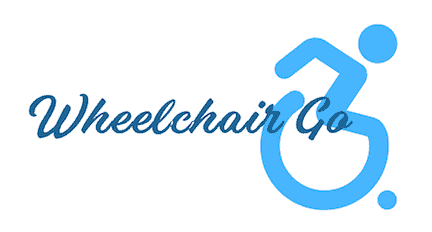Take a second to imagine a world where limited mobility doesn’t squeeze the brakes on your independence. Sounds pretty good, right? Thankfully, we have moved past the time when an electric wheelchair could only be counted on to get you (slowly but surely) from point A to point B and not much else.
Power wheelchairs have evolved leaps and bounds, becoming incredibly sophisticated pieces of technology that truly empower people. And that’s exactly what we’re here to talk about. This article is your ultimate guide to the best power wheelchair brands of 2025, designed to help you navigate the options and make a truly informed decision. Because when it comes to something as vital as your freedom to move, finding the perfect fit for your individual needs, lifestyle, and even your environment is absolutely crucial.
Understanding Your Needs: A Pre-Purchase Checklist
Alright, before we dive into all the fantastic power wheelchair brands out there, let’s take a deep breath and figure out what you actually need. Think of this as your personal pre-purchase checklist – a way to get clear on your priorities so you can find a power wheelchair that truly fits your life, not just one that looks good on paper. This is all about making an informed decision that will bring you greater independence and comfort!
A. Lifestyle Assessment
First things first, let’s chat about your daily life. Where do you typically go, and what do you do? Understanding your lifestyle will help you narrow down the best options.
- Indoor vs. Outdoor Use:
Are you mostly navigating the cozy confines of your home, or do you love to explore the great outdoors? If you’re spending most of your time inside, you’ll want to think about a power wheelchair that’s compact and has a tight turning radius to help you maneuver around furniture and through doorways without any bumps or scrapes. For the adventurers among us, outdoor considerations become super important – you’ll want to look at things like robust suspension systems, terrain capabilities to handle different surfaces, a good speed for longer journeys, and enough range to get you where you need to go without range anxiety. - Frequency of Use (Daily vs. Occasional):
How often do you plan on using your power wheelchair? Is it something you’ll rely on every single day, from sunrise to sunset, or will it be more for occasional outings and specific tasks? This helps determine the level of durability and battery life you’ll need. A daily user will likely prioritize long-lasting performance and maximum comfort, while someone who uses it less frequently might be able to consider different features. - Travel Needs (Portability, Folding, Airline-Approved Batteries):
Do you have a travel bug? If you’re planning on taking your power wheelchair on trips, portability becomes a huge factor. Look into models that are designed to fold easily or can be quickly disassembled for transport. And don’t forget to check if the electric wheelchair cost includes airline-approved batteries if you plan to fly – this is a critical detail that can save you a lot of hassle at the airport!
B. User-Specific Requirements
Now, let’s get a bit more personal. Your unique physical needs and preferences play a huge role in finding the perfect fit.
- Weight Capacity (Standard, Bariatric):
This one’s pretty straightforward but incredibly important for safety and performance. Power wheelchairs come with different weight capacities, so make sure to check if a standard model is suitable or if you need a bariatric power wheelchair designed to accommodate higher weight requirements. Always ensure the chair can safely support your weight. - Comfort and Seating (Cushioning, Adjustability, Power Tilt, Recline, Elevating Seats):
Comfort is king, especially if you’ll be spending a lot of time in your power wheelchair. Think about the cushioning and how adjustable the seating is. Do you need features like power tilt or recline to help with pressure relief and repositioning? And for those moments when you need to reach things up high or engage at eye level, an elevating seat (like those found on some Pride Jazzy wheelchairs with iLevel power chairs) can be a game-changer for improved social interaction and accessibility. - Physical Capabilities (Joystick vs. Alternative Controls):
Consider your current physical capabilities. Most power wheelchairs come with a joystick control, which is often intuitive and easy to use. However, if hand dexterity is a concern, don’t worry! There are many alternative control options available, such as sip-and-puff systems, head arrays, or even chin controls. It’s all about finding the interface that works best for you.
C. Budget and Funding
Let’s talk about the practical side of things – your budget and how you might fund your new power wheelchair.
Understanding the Price Range of Power Wheelchairs:
The electric wheelchair cost can vary widely, from a few thousand dollars for basic models to significantly more for highly customized or advanced power wheelchairs. It’s helpful to have a general idea of what you’re willing to spend, but also be open to understanding what different price points offer in terms of features, durability, and technology. Knowing the typical price range will help you set realistic expectations.
Exploring Potential Funding Options (e.g., Medicare Coverage, Provincial Programs like ADP in Ontario):
The good news is that you might not have to bear the entire cost yourself! Many regions offer funding assistance. For instance, in Canada, you might look into provincial programs like the Assistive Devices Program (ADP) in Ontario, which can help cover a significant portion of the cost for eligible individuals. It’s always a great idea to research what government programs or private insurance options are available in your area that might offer Medicare coverage or other assistance for power wheelchairs. Don’t forget to check with your healthcare provider or a local dealer for guidance on navigating these funding avenues.
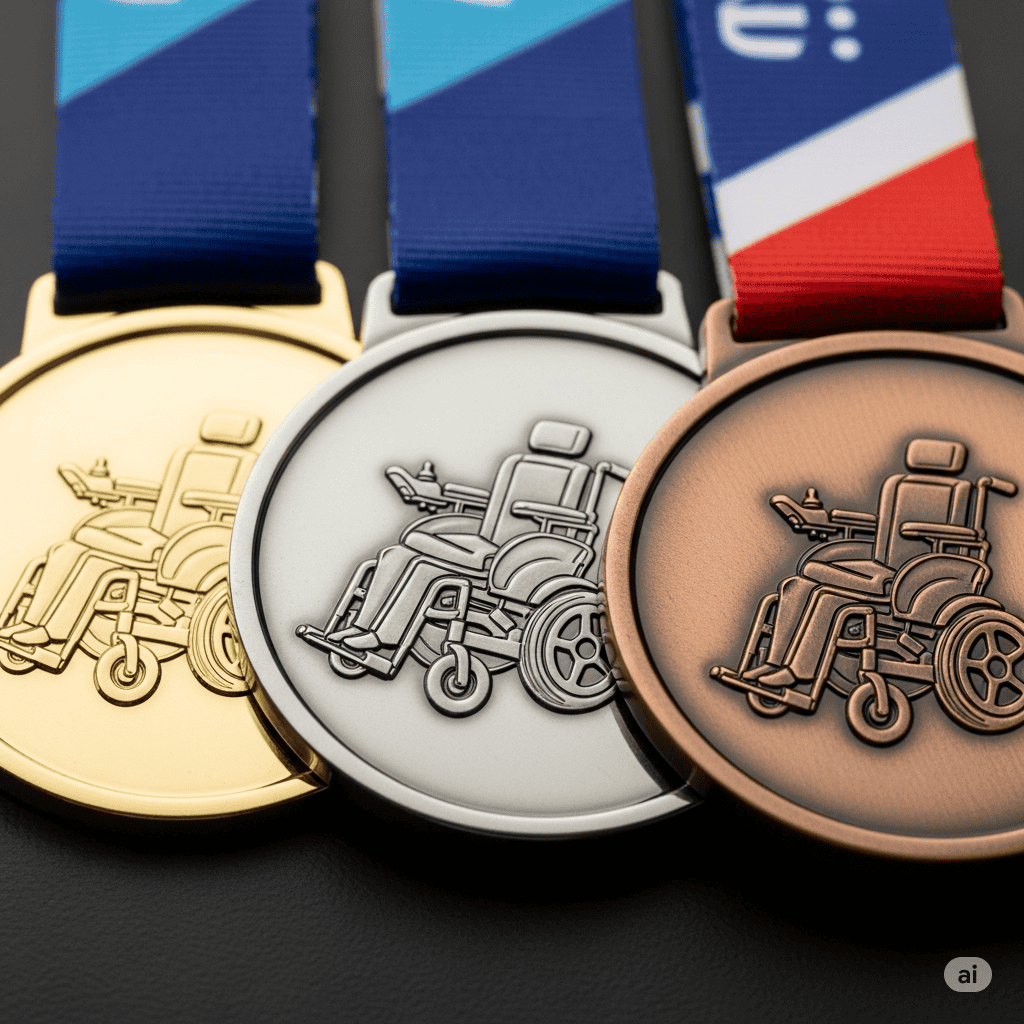
The Best Power Wheelchair Brands and Manufacturers in 2025
Alright, so you’ve thought about what you need in a power wheelchair – the budget, how you’ll use it, and what features are essential for your daily life. Now comes the exciting part: diving into the brands that are truly making waves in 2025! This section will introduce you to some of the top contenders in the power wheelchair market, highlighting what makes each one stand out and some of their popular models. It’s all about finding the perfect match for your personal mobility journey.
A. Pride Mobility
Pride Mobility is one of those names that just pops into your head when you think about power wheelchairs, and for good reason! They’re a well-established brand, known for offering a huge variety of comfortable and incredibly user-friendly power wheelchairs. Whether you’re looking for something basic or packed with features, chances are Pride has a model that will fit.
What really sets Pride apart are their key innovations, like the fantastic iLevel elevating seat technology. Imagine being able to raise your seat to eye level with friends or reach things in a kitchen – that’s what iLevel provides, offering a whole new level of independence. They also focus on providing really comfortable seating options and offer various drive configurations to suit different needs. You’ll often hear about their Pride Jazzy wheelchairs, which are super popular. The Jazzy Air 2 is a standout for its elevating seat, while the Quantum Edge 3 is a great choice for advanced maneuverability and performance. And if portability is high on your list, the Go-Chair Med is a fantastic option.
B. Sunrise Medical / QUICKIE
If you’re looking for something a bit more specialized, especially for complex rehabilitation needs, then Sunrise Medical and their QUICKIE line are definitely worth exploring. They’re renowned for their high-performance, highly customizable power wheelchairs. Think of them as the custom sports car of the power wheelchair world! In Canada, you’ll often see these QUICKIE power wheelchairs.
Sunrise Medical truly excels in advanced seating and positioning systems, particularly with their JAY seating systems. These are designed to provide superior comfort, support, and pressure relief, which is crucial for users who spend a lot of time in their chairs. They also offer innovative drive bases, like the mid-wheel drive, which provides excellent maneuverability in tight spaces. Plus, their chairs are often integrated with various assistive technologies, making them incredibly adaptable for active users. Popular models like the Q500 M, Q700 M, and Salsa M2 Mini all showcase their commitment to performance and adaptability.
C. Permobil
Permobil is a global leader in power wheelchairs, and they really focus on pushing the boundaries of technology, sophisticated seating, and exceptional functionality. If you’re looking for a top-of-the-line experience with incredible durability, Permobil should be on your radar. You’ll often hear about Permobil wheelchairs in Canada.
Their chairs feature powerful motors and advanced suspension systems, making them fantastic for tackling varied terrains – perfect if you love spending time outdoors. The ergonomic Corpus seating system is another highlight, designed for superior comfort and pressure management. They even incorporate cool connectivity features! Models like the F5 Corpus and M3 Corpus are prime examples of their focus on durability, outdoor capabilities, and maximizing user comfort.
D. Invacare
Invacare is another well-known brand that offers a broad spectrum of power wheelchairs, from those designed for general use to more complex models. They’ve built a solid reputation for reliability and providing great value for your money. You’ll see their Invacare power chairs quite frequently.
Their key features include durable construction and a variety of drive options to suit different preferences. They also offer adaptable seating to ensure a comfortable fit. The TDX series, like the Invacare TDX SP2, is particularly well-regarded for its performance, and the AVIVA RX is another popular choice. Invacare does a great job of balancing performance with affordability, making quality power mobility accessible to more people.
E. WHILL
Now, if you’re looking for something that stands out from the crowd with a bit of a futuristic vibe, then WHILL is definitely worth checking out. They’re known for their innovative design, exceptional maneuverability thanks to their unique omni-wheel technology, and really stylish aesthetics.
The absolute game-changer for WHILL is their unique omni-wheel system. This allows for unparalleled maneuverability, especially in tight spaces, making navigating indoors or crowded areas a breeze. Their controls are intuitive, and let’s be honest, their chairs just look incredibly sleek and modern. Popular models like the WHILL Model Ci2 and Model F highlight their agility and modern appeal, truly redefining personal mobility.
F. Other Notable Brands
Beyond these major players, there are a few other brands making great strides in the power wheelchair market that deserve a quick mention:
- ComfyGo focuses on lightweight and portable power wheelchairs, which are fantastic for travel and easy transportation.
- Merits Health Products offers a range of reliable and comfortable options that are popular for their straightforward design and dependable performance.
- Shoprider Mobility is known for their durability and excellent outdoor capabilities, making them a solid choice if you need a chair that can handle more rugged environments.
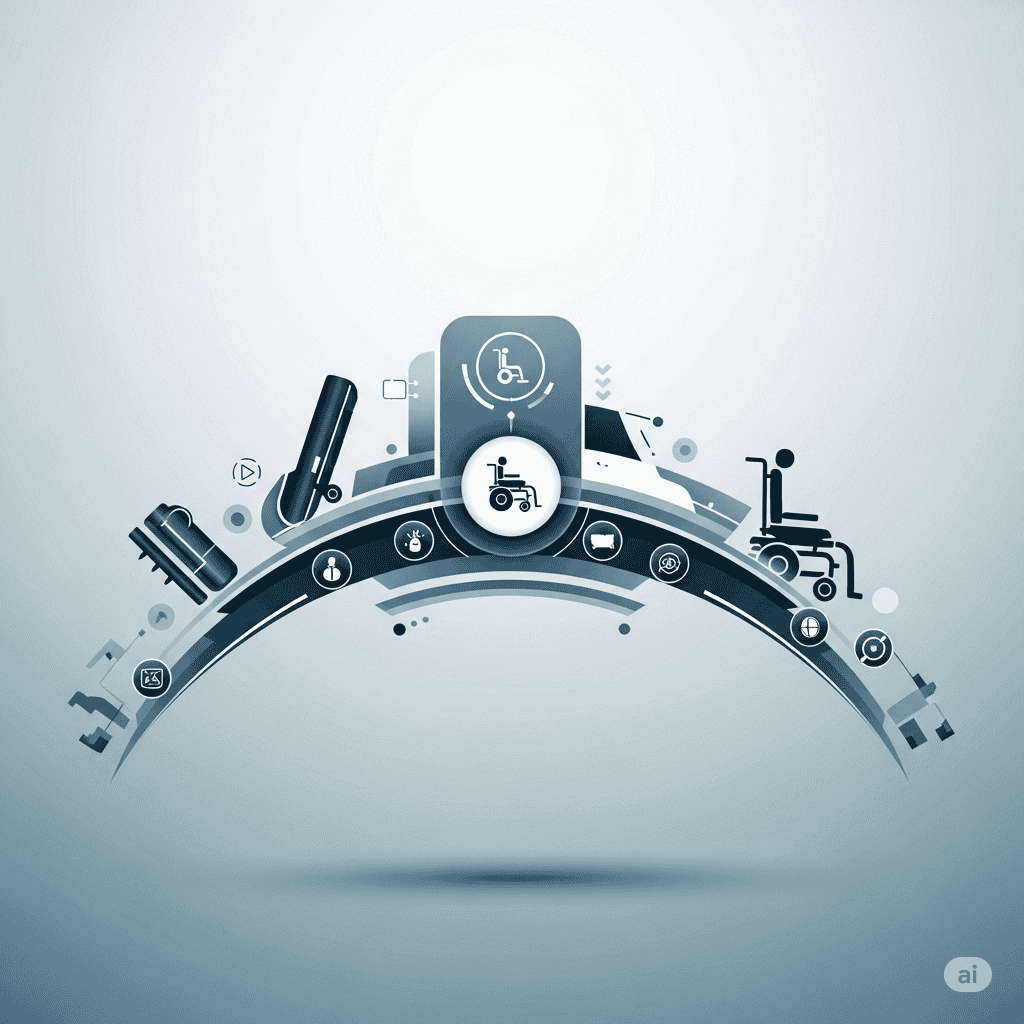
Key Features to Consider When Choosing a Power Wheelchair
Alright, so you’ve got an idea of some of the best power wheelchair brands out there, but now comes the fun part: diving into the nitty-gritty features that will really make a difference in your daily life. Think of this section as your personal guide to understanding what makes these amazing machines tick. We’ll break down the important stuff so you can confidently pick the perfect electric wheelchair to suit your unique needs and lifestyle.
A. Drive Wheel Configuration
The way a power wheelchair moves is largely determined by where its drive wheels are located. Each configuration has its own superpowers, making it better suited for different environments and user preferences.
- Mid-Wheel Drive (MWD): If you’re looking for the ultimate in indoor maneuverability, mid-wheel drive is often the champion. With the drive wheels right in the middle, these chairs boast an incredibly tight turning radius, making navigating tight spaces, doorways, and crowded rooms a breeze. They’re super intuitive to control, almost like you’re pivoting on a dime, and generally offer excellent stability. Many users find them the easiest to get used to.
- Rear-Wheel Drive (RWD): For those who spend more time outdoors or need a bit more speed and directional stability, rear-wheel drive chairs are often the go-to. These chairs tend to handle higher speeds well and are excellent for maintaining a straight line, especially on uneven terrain. They might have a slightly wider turning radius than MWD chairs, but their performance on longer outdoor stretches can be a big plus.
- Front-Wheel Drive (FWD): Front-wheel drive power chairs are known for their exceptional obstacle-climbing abilities. If you frequently encounter small curbs, thresholds, or uneven ground, an FWD chair can often motor right over them. They can also offer a very smooth ride, as the drive wheels pull the chair along. While they might take a little getting used to in terms of steering, their ability to tackle tricky terrain is a major advantage for some.
B. Battery Life and Range
Just like your smartphone, a power wheelchair’s battery life is crucial! You’ll want to think about how far you need to go on a single charge.
- Lithium-ion vs. Lead-acid batteries: Most power wheelchairs come with either lead-acid or the more modern lithium-ion batteries. Lithium-ion batteries are generally lighter, charge faster, and often offer a longer range, but they can be more expensive upfront. Lead-acid batteries are a reliable, more traditional option and are typically more budget-friendly. Your choice will depend on your priorities for weight, charging time, and how much you’re willing to spend.
- Importance for extended use and travel: If you plan on using your power chair all day, every day, or if you’re someone who loves to travel (LSI: airline-approved batteries are a must-ask!), a longer range and dependable battery life are paramount. You don’t want to be left stranded with a dead battery when you’re out and about enjoying your independence.
C. Maneuverability and Turning Radius
This really ties into the drive wheel configuration, but it’s worth highlighting on its own. How easily your power chair can turn and navigate tight spaces is a huge deal, especially if you spend a lot of time indoors.
- Crucial for indoor navigation (tight spaces, doorways): Imagine trying to get through your kitchen, bedroom, or even a busy store aisle. A chair with a small turning radius will make these tasks so much easier and less frustrating.
- Impact of drive type: As we mentioned, mid-wheel drive often shines here, but some compact rear-wheel and front-wheel drive chairs can also be surprisingly agile. It really comes down to the specific model and its design.
D. Comfort and Ergonomics
Let’s be real, you’re going to be spending a lot of time in this chair, so comfort is absolutely non-negotiable.
- Seat design and adjustability (width, depth, recline, tilt): Look for a seat that can be adjusted to fit your body perfectly. Things like seat width and depth, the ability to recline for pressure relief or just to relax, and even power tilt (which can help with posture and comfort) are incredibly important. Some chairs offer specialized seating systems, like Permobil’s Corpus seating or Sunrise Medical’s JAY seating systems, which are designed for superior pressure management and support.
- Pressure relief systems: If you spend long hours in your chair, systems designed to alleviate pressure are vital for preventing skin issues. These can include specialized cushions or dynamic seating features.
- Armrests, footrests, and headrests: Don’t overlook these details! Adjustable armrests can help with transferring and provide support, while comfortable, well-positioned footrests and a supportive headrest contribute significantly to overall comfort and posture.
E. Suspension System
Think of the suspension as the shock absorbers for your power wheelchair. It makes a huge difference in how smooth and comfortable your ride is, especially when venturing outdoors.
- Importance for a smooth ride, especially outdoors: If you’ll be rolling over sidewalks, gravel, or even just uneven flooring, a good suspension system will absorb bumps and vibrations, making your journey much more pleasant. It reduces jolting and can even help prevent fatigue.
- Impact on stability over uneven terrain: Beyond comfort, a robust suspension system also contributes to the stability of the chair on uneven ground, helping to keep you safe and secure.
F. Controls and Customization
How you control your power chair needs to be easy, intuitive, and tailored to your abilities.
- Joystick types and placement: The classic joystick is common, but they come in various shapes and sizes. Consider if you need a mini-joystick, a heavy-duty one, or if its placement on the left or right side works best for you.
- Alternative control options (sip-and-puff, head arrays): For users with limited hand mobility, there’s a fantastic range of alternative controls. Sip-and-puff systems allow control through breath, while head arrays respond to head movements. This customization is where many brands like Sunrise Medical and Permobil truly excel, integrating with assistive technologies to ensure everyone can operate their chair independently.
- Programmable settings: Many modern power chairs allow for programmable settings, letting you fine-tune things like speed, acceleration, and deceleration to match your preferences and environment. This level of personalization can make a big difference in the daily user experience.
G. Portability and Weight
If you plan on taking your power chair with you in a car or on public transport, portability is a massive factor.
- Folding mechanisms: Some power wheelchairs, like those from WHILL or ComfyGo, are designed to fold up for easy transport, often at the touch of a button. This is a game-changer for travel or for those who need to store their chair in a smaller space.
- Disassembly for transport: Other chairs might not fold but can be easily disassembled into lighter components, making them manageable to lift into a vehicle. You’ll want to check the weight of the heaviest component if you go this route.
- Heaviest component weight: Always consider the heaviest part of the chair if you’re planning on disassembling it yourself or with assistance. Make sure it’s manageable for whoever will be doing the lifting.
H. Durability and Build Quality
A power wheelchair is a significant investment, so you want it to last!
- Materials used (carbon fiber, aluminum): Look into the materials used in the frame. High-quality aluminum or even carbon fiber can offer a great balance of strength and lightness, contributing to the chair’s overall durability and longevity.
- Warranty and after-sales support: A good warranty indicates the manufacturer’s confidence in their product. Just as important is the after-sales support – knowing that you can get parts, service, and help if something goes wrong provides immense peace of mind. This is where researching the dealer/supplier, as mentioned in Section V, comes into play!
I. Safety Features
Your safety is paramount, and modern power wheelchairs come equipped with several features to keep you secure.
Lights and reflectors: If you plan on being out and about in low light conditions, integrated lights and reflectors are essential for visibility, ensuring you’re seen by others, especially if you’re using your power chair on streets or pathways.
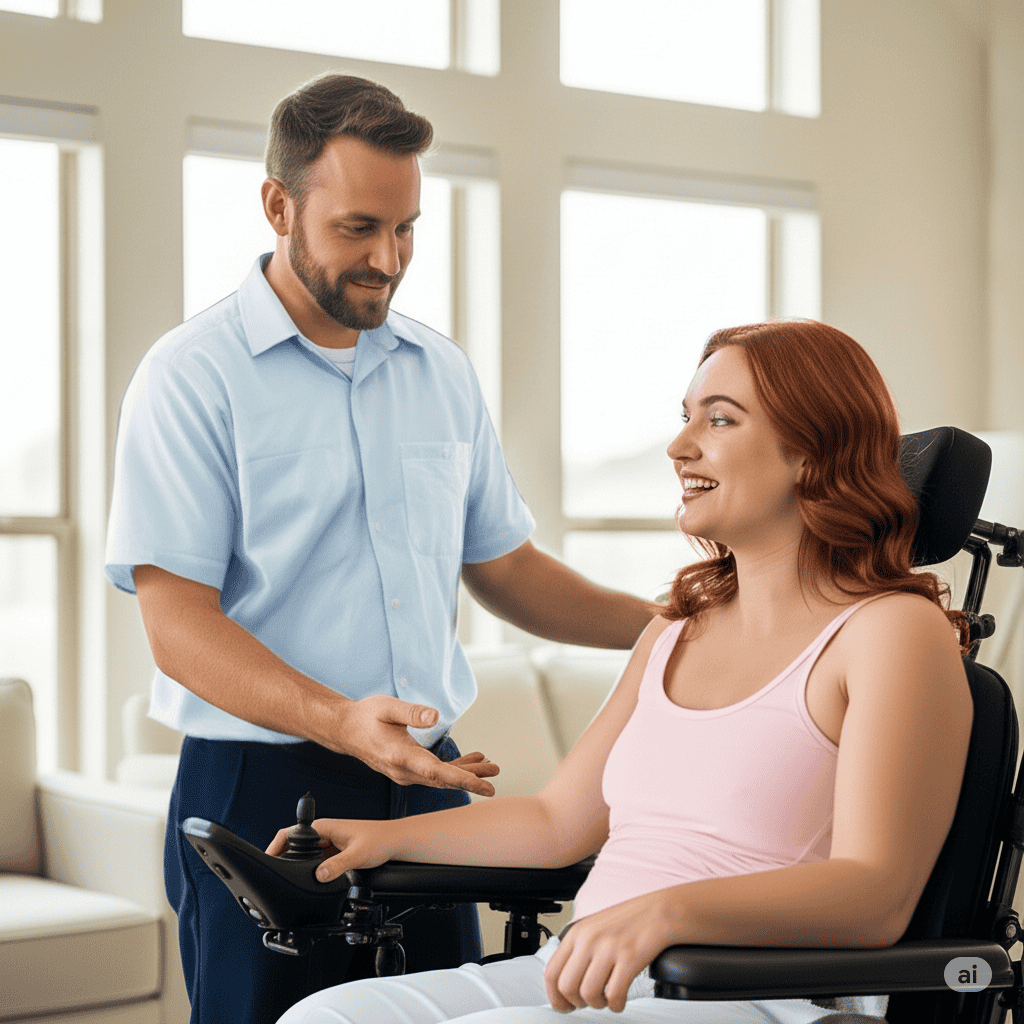

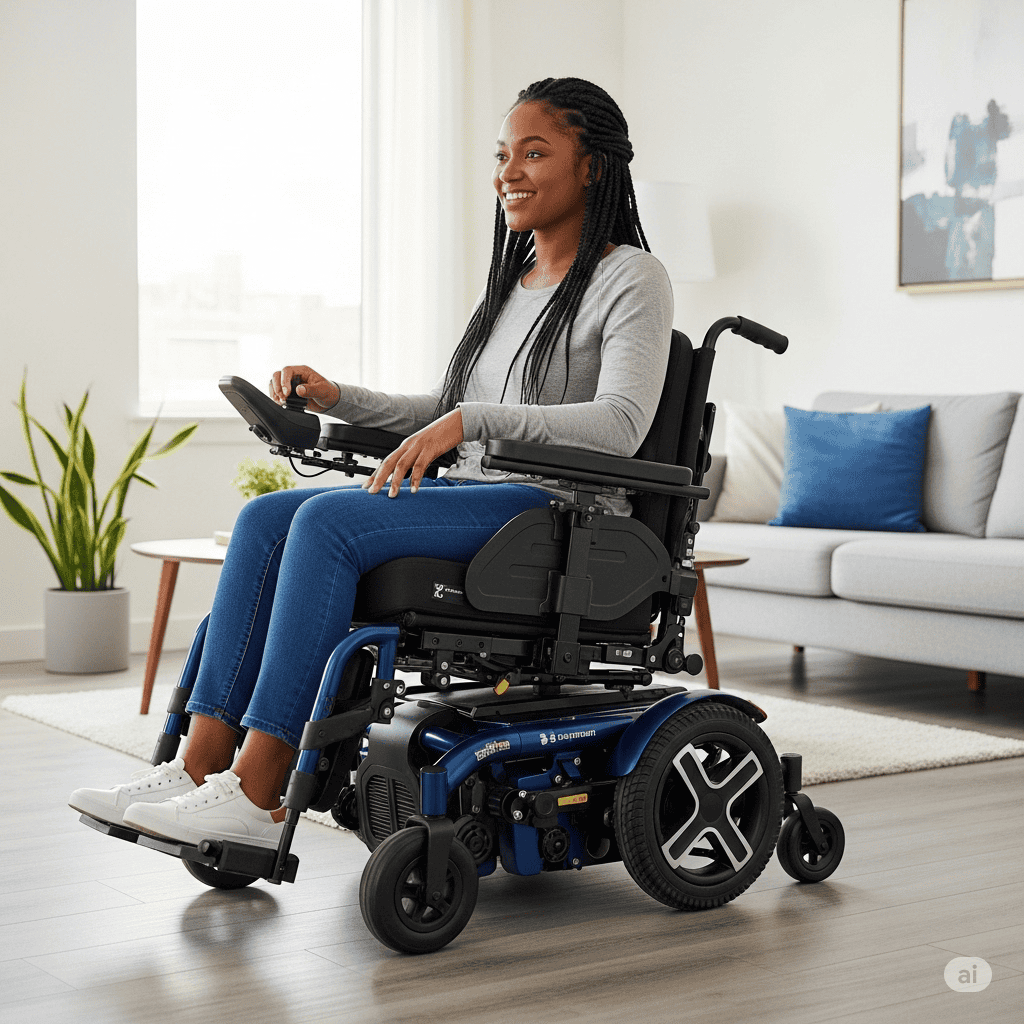
How to Choose the Best Power Wheelchair for You
Okay, so you’ve learned about all these fantastic power wheelchair brands and the cool features they offer. Now comes the exciting part: putting it all together to pick the perfect set of wheels for you. It might seem a little overwhelming with so many options, but don’t worry! Think of this as your personal roadmap to finding a power wheelchair that truly enhances your daily life and keeps you moving with confidence. It’s all about making an informed decision that feels just right.
A. Consult with a Healthcare Professional (e.g., Occupational Therapist, Physical Therapist)
This is probably the most crucial step, seriously. You wouldn’t try to build a house without an architect, right? Similarly, a healthcare professional, like an occupational therapist (OT) or a physical therapist (PT), is your expert guide in the world of mobility. They can assess your physical capabilities, your specific needs, and your living environment. They’ll help you figure out what kind of seating support you need, the best control options for you (maybe a joystick isn’t the only answer!), and even anticipate future needs. Their insights are invaluable for ensuring your electric wheelchair cost is an investment in your well-being, not just a purchase.
B. Test Drive Different Models and Brands
Imagine buying a car without taking it for a spin. Crazy, right? The same goes for power wheelchairs! You absolutely need to try out different models from various brands. This is your chance to feel the difference in turning radius, how the suspension handles uneven surfaces, and how comfortable the seating system really is. Does that Pride Jazzy wheelchair feel intuitive? Is a QUICKIE power wheelchair Canada option as maneuverable as you need in your home? This hands-on experience will tell you so much more than reading specifications on a screen. Don’t be shy about asking to try a few out!
C. Read User Reviews and Testimonials
While expert opinions are great, hearing from people who actually use these chairs every day can offer some incredibly practical insights. User reviews often highlight the real-world pros and cons that you might not find in a brochure. Look for comments on durability, battery life in various conditions, and the responsiveness of customer service. You might discover that a specific Permobil wheelchair Canada user had a fantastic experience with their local dealer, or that a particular feature of a WHILL model truly changed someone’s independence. These personal stories can help you identify common strengths and weaknesses.
D. Consider the Reputation and Support of the Dealer/Supplier
Your relationship with your dealer or supplier is almost as important as the wheelchair itself. A reputable dealer will have knowledgeable staff who can guide you through the selection process, offer proper fittings, and provide excellent after-sales support. Think about things like their warranty policies, service availability, and how easy it is to get replacement parts if needed. A good dealer will ensure you feel supported long after your purchase, making sure your power chair continues to meet your needs.
E. Factor in Long-Term Maintenance and Service Availability
Just like any other vehicle, a power wheelchair will need maintenance and occasional service. Before you commit, ask about the availability of parts, routine maintenance schedules, and what kind of service plans are offered. Some brands might have more readily available service centers or technicians in your area. Understanding the long-term support you can expect will save you headaches down the road and ensure your power wheelchair remains reliable for years to come.
Some Final Thoughts…
Alright, so we’ve covered a lot of ground today, haven’t we? Ultimately, finding the best power wheelchair brands in 2025 isn’t about picking a single “best” brand, but about discovering the perfect match for your unique life. We’ve talked about how essential it is to consider your lifestyle, whether you’re zipping around indoors, tackling outdoor adventures, or traveling frequently. Thinking about things like Pride Mobility’s diverse range, including their awesome iLevel technology, or Sunrise Medical/QUICKIE’s high-performance, customizable options with those fantastic JAY seating systems, means you’re already on your way to enhanced comfort and independence.
Then there’s Permobil, a real powerhouse when it comes to advanced tech and superb functionality, and Invacare, offering reliability and value, especially with their durable TDX series. Don’t forget the sleek, super-maneuverable designs from WHILL with their unique omni-wheel tech, making tight spaces a breeze! Plus, we briefly touched on ComfyGo for portability, Merits Health Products for reliable comfort, and Shoprider Mobility for serious durability.
Beyond the brands, remember those key features we dug into: understanding drive wheel configurations for optimal maneuverability, checking out battery life for those long days, and making sure the comfort and ergonomics of the seat truly support you. A good suspension system can make all the difference, especially if you’re venturing outdoors, and customized controls mean your chair truly works with you. Thinking about portability and durability ensures your investment lasts, and safety features give you peace of mind.
It might seem like a lot to take in, but by consulting with a healthcare professional, trying out different models, and really diving into what you need, you’ll gain incredible freedom and an undeniable boost to your quality of life. Don’t rush this decision – it’s a big one, and taking the time to research thoroughly and prioritize your specific requirements will pay off in spades. This isn’t just about getting from point A to point B; it’s about unlocking a more independent, fulfilling future. Go on, take that first step towards finding your perfect ride!
Some Other Questions that People Also Ask
- Who makes the best power wheelchairs?
The “best power wheelchair brands” depends on individual needs. Top brands like Pride Mobility, Sunrise Medical (QUICKIE), and Permobil are highly regarded for their diverse offerings, innovation, and quality. - What is the best type of power wheelchair?
The best type of power wheelchair is highly personalized. It depends on factors like indoor vs. outdoor use, desired maneuverability, and specific physical needs. Common types include mid-wheel drive (for tight turning), rear-wheel drive (for speed and stability), and front-wheel drive (for obstacle climbing). - What are the most important features in a power wheelchair?
Key features to consider include the drive wheel configuration for maneuverability, battery life and range for extended use, comfort and ergonomics (seating, adjustability), a reliable suspension system for a smooth ride, and suitable controls and customization options. - How much do good power wheelchairs cost?
The cost of power wheelchairs varies widely based on features, brand, and customization. They can range from a few thousand dollars for basic models to over \$20,000 for advanced, highly customized options. - Does Medicare cover electric wheelchairs in 2025?
Generally, if you qualify, Medicare Part B may cover some of the cost of a power wheelchair as durable medical equipment (DME) if it’s deemed medically necessary by a doctor. However, specific coverage criteria and regulations can change, so it’s always best to verify directly with Medicare or your provincial program (like ADP in Ontario, Canada) for the most up-to-date information for 2025. - What is the most reliable power wheelchair?
Reliability is often linked to the brand’s reputation for quality manufacturing and customer support. Brands like Pride Mobility, Permobil, Sunrise Medical (QUICKIE), and Invacare are generally considered highly reliable due to their robust construction and extensive testing. User reviews and professional assessments can provide further insights into specific model reliability.
